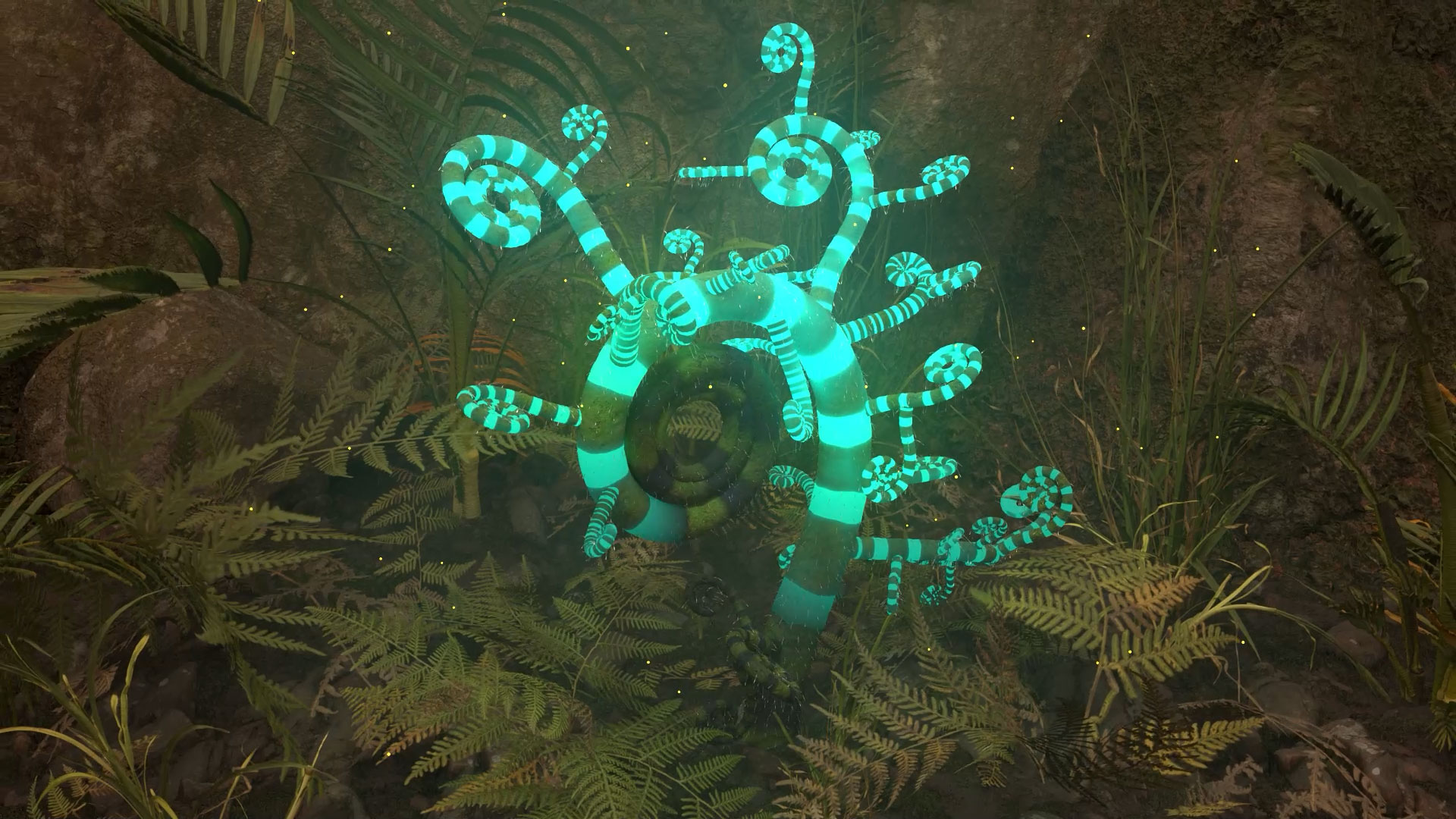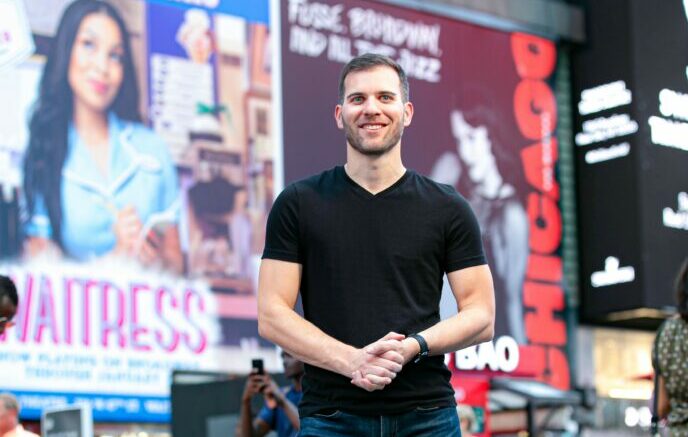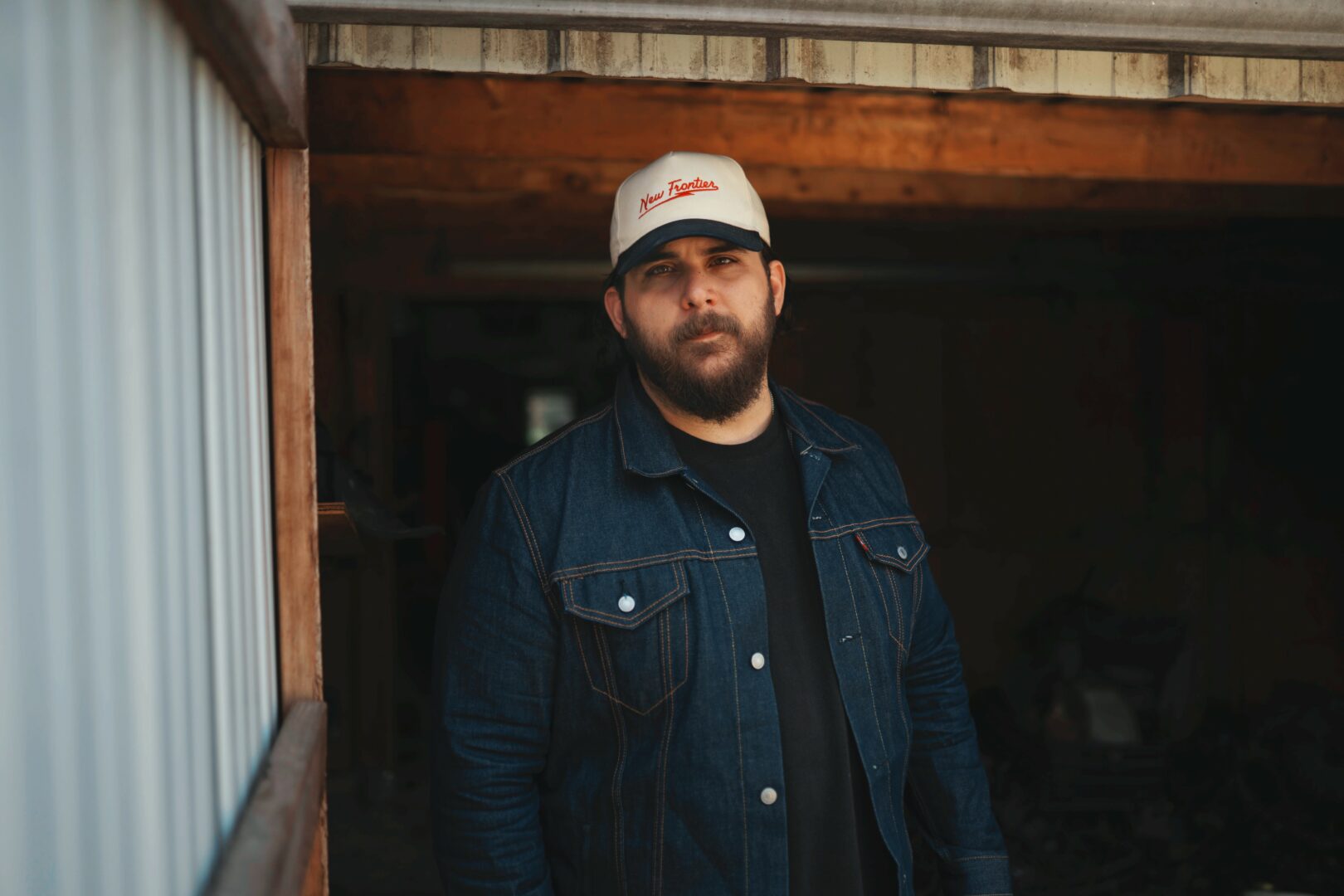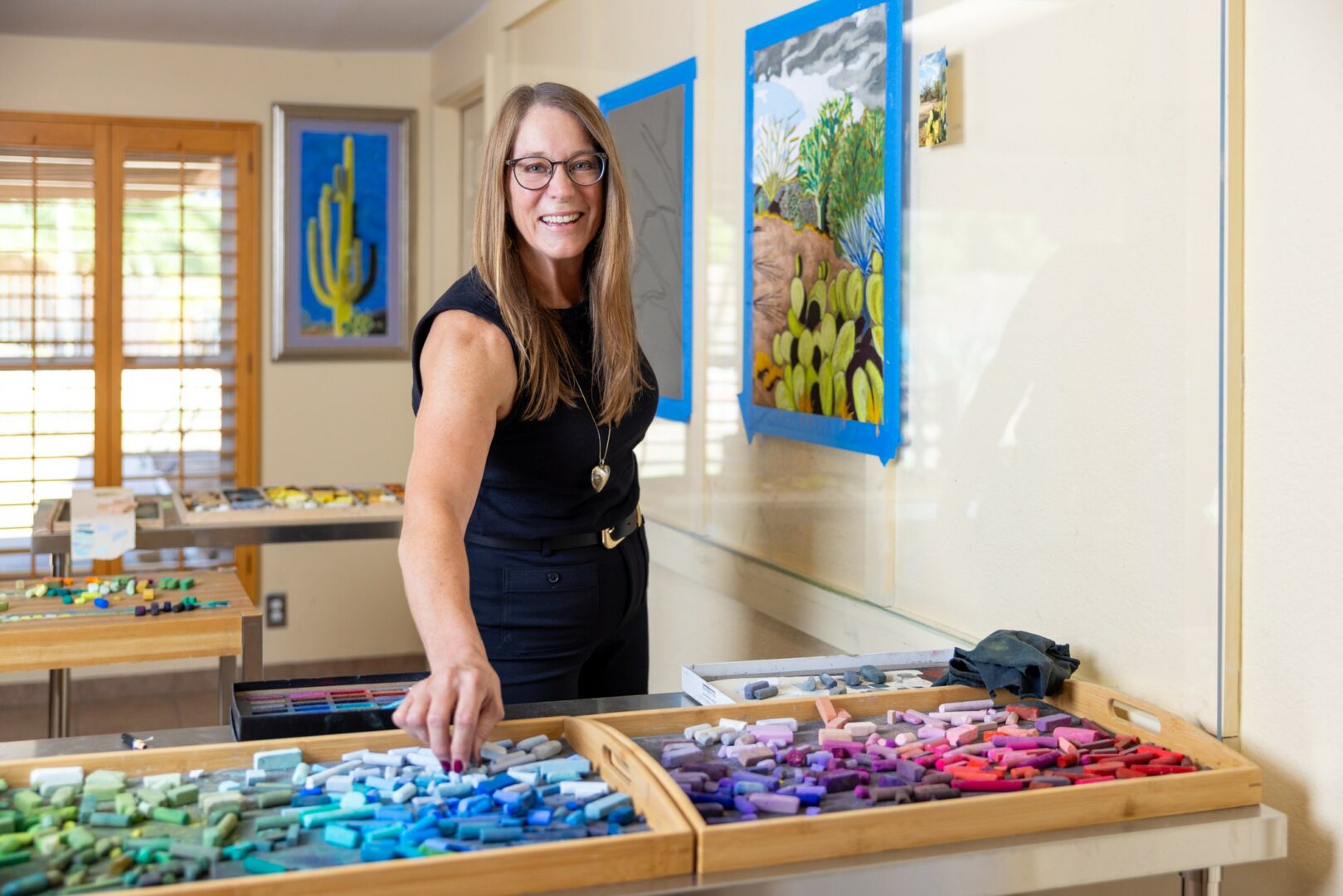We were lucky to catch up with Kaley Cho recently and have shared our conversation below.
Kaley, thank you so much for joining us today. Let’s jump right into something we’re really interested in hearing about from you – being the only one in the room. So many of us find ourselves as the only woman in the room, the only immigrant or the only artist in the room, etc. Can you talk to us about how you have learned to be effective and successful in situations where you are the only one in the room like you?
Working in the game industry as a Technical Artist, I am often the only female Asian immigrant in the room, and at times, the only woman entirely. People sometimes underestimate me because I don’t fit the stereotype of someone working in a highly technical field. I learned not to take that personally. Instead, I focused on doing great work and letting results speak for themselves. Once people saw my technical depth and creative problem-solving in action, they began coming to me for advice, feedback, and mentorship. It taught me that credibility is built through consistency, empathy, and excellence—not appearances.
I have been fortunate to work with incredible mentors who encouraged me to speak up and share my ideas. One of them told me that my unique background gave me a perspective no one else in the room had, and that reminder helped me stop seeing my differences as disadvantages. Growing up in Korea and New Zealand, then immigrating to the United States alone to study animation and film at USC, I had to constantly adapt to new cultures and expectations. I entered USC’s film school from a public high school in Korea, unlike many international students who came from international schools. That experience taught me resilience and resourcefulness early on, skills that have carried me throughout my career.
Over the years, I have worked with organizations like Walt Disney Imagineering, The Famous Group, Sphere Entertainment, and Sony Pictures, where I bridged art and technology to create immersive and interactive experiences. My work has ranged from developing procedural workflows for the Las Vegas Sphere to prototyping projection mapping games for Ghostbusters, and even leading media production for a wildlife conservation project that raised significant funds for zoos and non-profits. In every environment, whether gaming, film, or large-scale installations, I have learned that my multicultural background and attention to detail bring a valuable dimension to creative teams. Being “the only one in the room” has taught me to turn isolation into influence, and difference into strength.
![]()

Let’s take a small detour – maybe you can share a bit about yourself before we dive back into some of the other questions we had for you?
I am a Technical Artist and Developer passionate about blending technology and art to create immersive, emotionally engaging experiences. My work bridges the gap between artists and engineers, helping bring complex creative visions to life through real-time graphics, interactive media, and digital storytelling. I’ve worked across industries ranging from gaming and film to immersive installations and themed entertainment, always with the same goal in mind—to push the boundaries of what’s possible with real-time 3D technology.
Currently, I’m working at an automotive company, developing high-fidelity real-time 3D vehicle visualizations for next-generation in-car interfaces. I handle all aspects of 3D visualization, from materials, lighting, environments, to paint configurations and performance optimization, using game engines to achieve cinematic quality in real time. It’s exciting to see game technology now shaping how people interact with vehicles in their everyday lives.
Recently, one of my favorite projects was released publicly: The Wizard of Oz show at the Las Vegas Sphere. I contributed to the pre-visualization of the tornado sequence in Unreal Engine and worked on the Wizard’s meta-human head that uses facial motion tracking to bring a lifelike performance in real-time. Seeing that work come to life on one of the world’s largest and most advanced immersive stages was incredibly rewarding.
Looking ahead, I’m focused on continuing to explore how real-time technologies can bridge digital and physical worlds—whether that’s through immersive experiences, automotive visualization, or interactive storytelling. You can see more of my work at www.kaleycho.com.
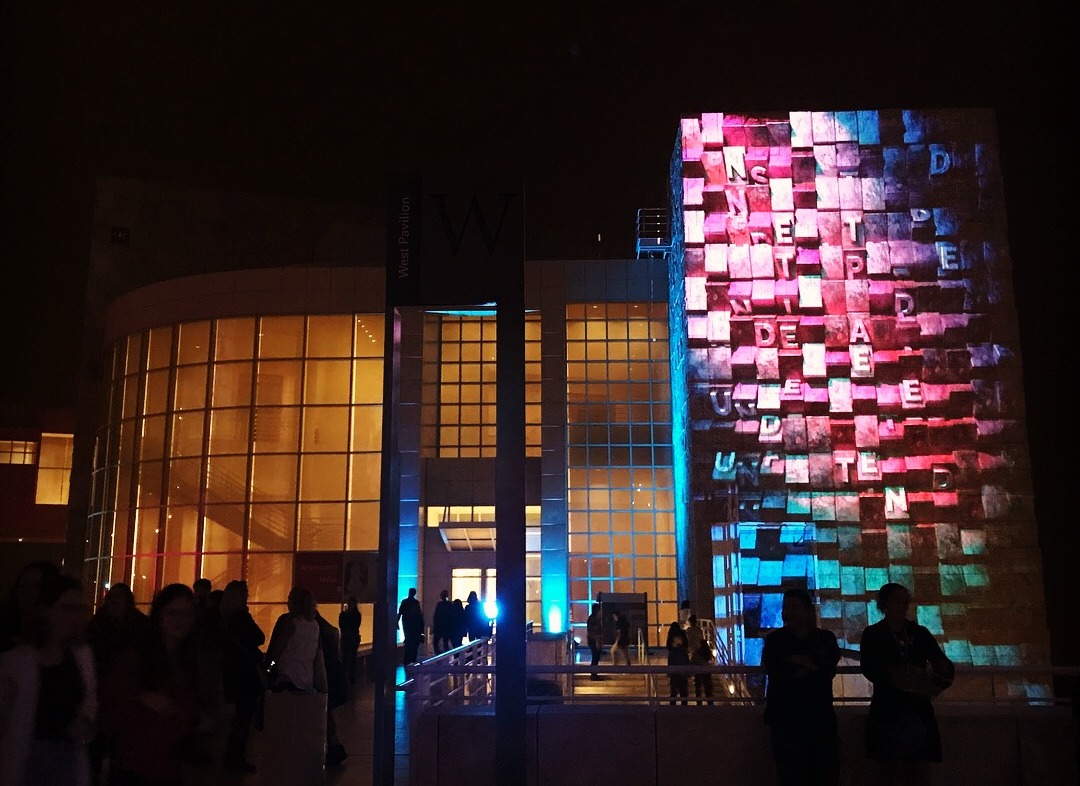
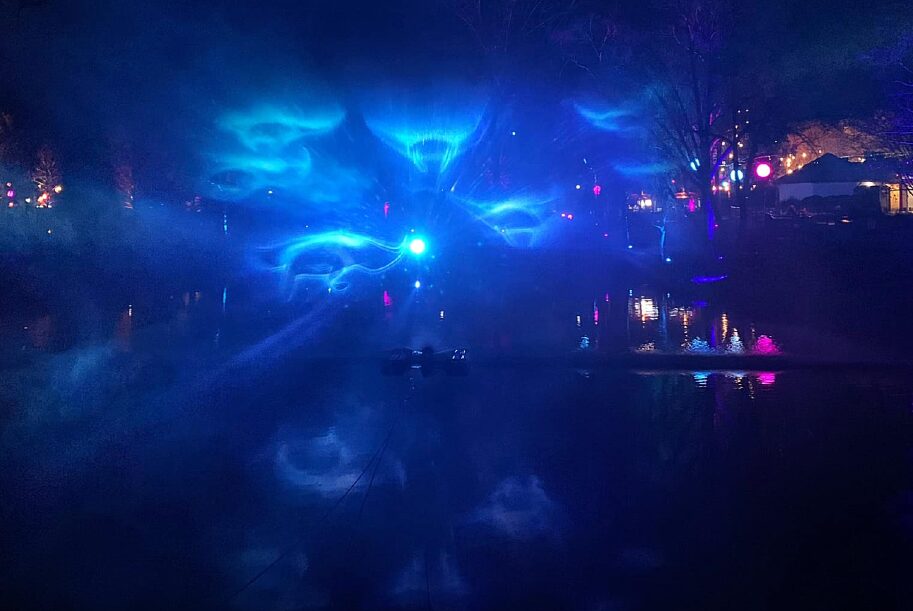
Looking back, what do you think were the three qualities, skills, or areas of knowledge that were most impactful in your journey? What advice do you have for folks who are early in their journey in terms of how they can best develop or improve on these?
Looking back, the three qualities that have made the biggest difference in my journey are having a learning mindset, maintaining discipline, and practicing kindness toward others and myself.
First, a learning mindset has been essential. The tech and art industries evolve constantly, and staying curious keeps me adaptable. Learning new tools, technologies, and workflows has not only expanded my technical range but also inspired new creative directions. I encourage anyone starting out to stay open-minded and explore beyond their comfort zone. Every new skill you learn, even outside your main field, can become a powerful tool later on.
Second, discipline is what turns ambition into progress. There are days when inspiration doesn’t come easily, or when projects feel overwhelming, but showing up consistently is what builds mastery. Like going to the gym, it’s not about giving 100% every single day, it’s about maintaining momentum, even at 30%. Progress compounds through small, steady effort.
Lastly, kindness matters more than people often realize. Creativity thrives in environments where people feel safe, supported, and respected. Being kind fosters collaboration and makes teams stronger, while being kind to yourself keeps burnout at bay. I’ve learned that great work comes from empathy, both for the people you work with and for yourself as you grow through challenges.

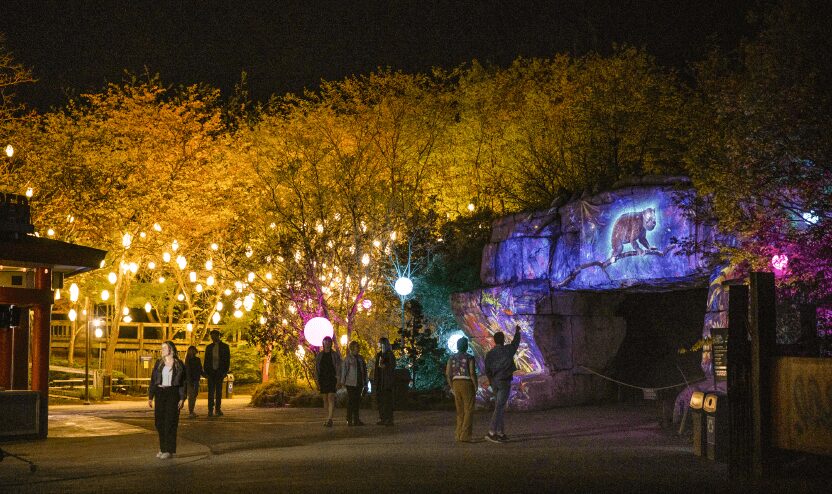
All the wisdom you’ve shared today is sincerely appreciated. Before we go, can you tell us about the main challenge you are currently facing?
One of the biggest challenges I am currently facing is growing into a leadership role while balancing my own technical responsibilities. As I’ve become more senior, I’ve been increasingly involved in the hiring and mentoring process, recently hiring a staff-level 3D generalist and managing interns. I also interact more directly with stakeholders, which means communication and emotional intelligence have become just as important as technical expertise. It’s no longer only about doing my job well; it’s about helping others succeed and ensuring the team moves forward together.
I’m naturally not the most social person and tend to be very detail-oriented, which can make me a little strict at times. I’ve been observing how my manager keeps the team motivated and engaged despite heavy workloads, and how he communicates expectations clearly while staying approachable. I’m also taking notes from a senior technical artist I worked with previously, who modeled calm, respectful leadership. He was always kind but was never afraid to speak up when it mattered. I’m learning that leadership isn’t about being the loudest voice in the room; it’s about creating space for others to do their best work while continuously improving myself as both a mentor and collaborator.
Contact Info:
- Website: https://www.kaleycho.com/
- Instagram: @kaley.techart
- Linkedin: https://www.linkedin.com/in/kaleycho/

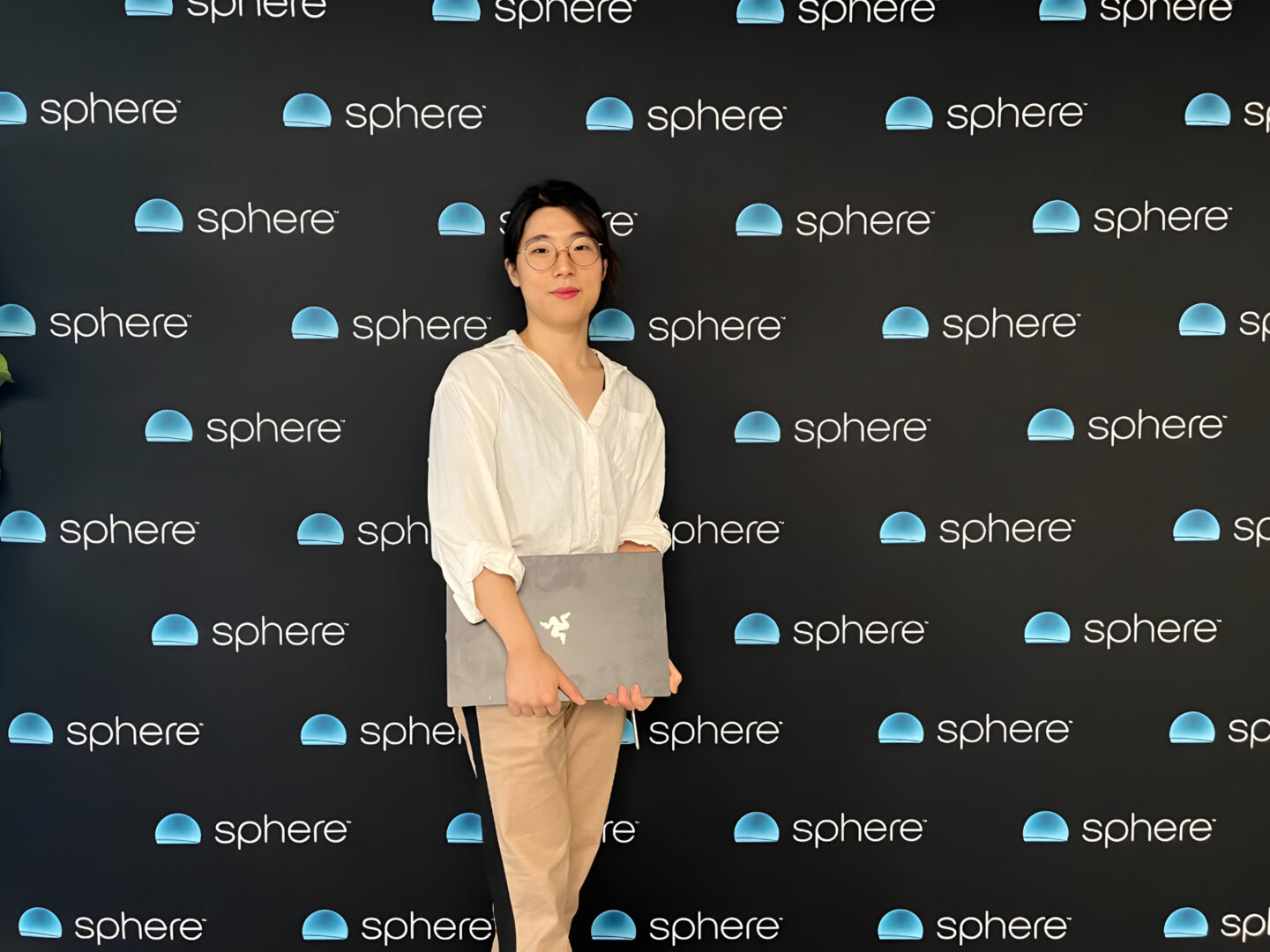
so if you or someone you know deserves recognition please let us know here.

